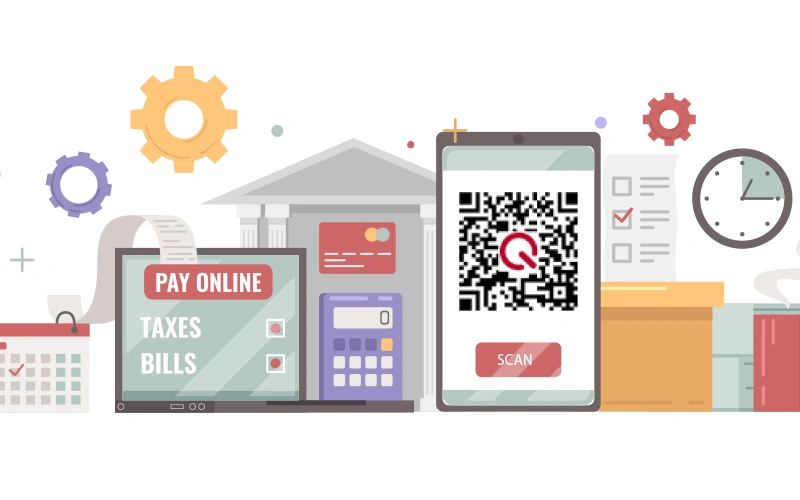
QR Codes in Government Services: Transforming Citizen Engagement
QR codes are reshaping how governments interact with citizens, making services more accessible, efficient, and engaging. By leveraging QR code technology, public agencies can address common pain points such as lengthy wait times, complex processes, and environmental sustainability.
Key Benefits of QR Codes in Government Services
- Quick Access to Information
- QR codes enable citizens to instantly retrieve essential information, such as public transportation schedules, voting locations, or recycling guidelines, with a simple scan.
- Enhanced Accessibility
- By bridging the digital divide, QR codes ensure that more citizens—regardless of technical expertise—can connect with government services via their smartphones.
- Streamlined Processes
- Citizens can complete forms, access documents, or make payments directly through QR codes, reducing reliance on paper and minimizing in-person interactions.
- Promoting Transparency
- By linking QR codes to real-time updates, government budgets, or project progress, public agencies can build trust and accountability.
- Sustainability Efforts
- QR codes reduce paper waste by providing digital access to information and resources, aligning with environmental goals.
Case Studies: Success Stories in QR Code Implementation
- South Korea: QR codes on passports enhance the application process, improving efficiency and authenticity.
- US National Parks: Visitors access trail maps, conservation tips, and safety guides via QR codes, enriching their experience while promoting sustainability.
- New Jersey: Environmental initiatives use QR codes to disseminate waste management and recycling information.
Best Practices for QR Code Implementation
- User Readiness
- Educate citizens about QR code usage through campaigns and tutorials to ensure widespread adoption.
- Ease of Use
- Ensure QR codes are accessible, functional across devices, and placed in high-traffic areas for maximum visibility.
- Platform Standardization
- Use standardized systems for QR codes to ensure compatibility and consistency across government services.
- Gamification
- Add engaging elements like rewards or challenges to incentivize citizen participation, such as scavenger hunts for learning about local resources.
Future Implications
The adoption of QR codes in government services is just the beginning. As technology evolves, QR codes can integrate with AI, blockchain, and IoT to further enhance service delivery, transparency, and civic engagement.
Governments that embrace QR code technology now are better positioned to build smarter, more connected communities while fostering trust and collaboration with their citizens. Let's unlock the full potential of QR codes to transform public service experiences for everyone.